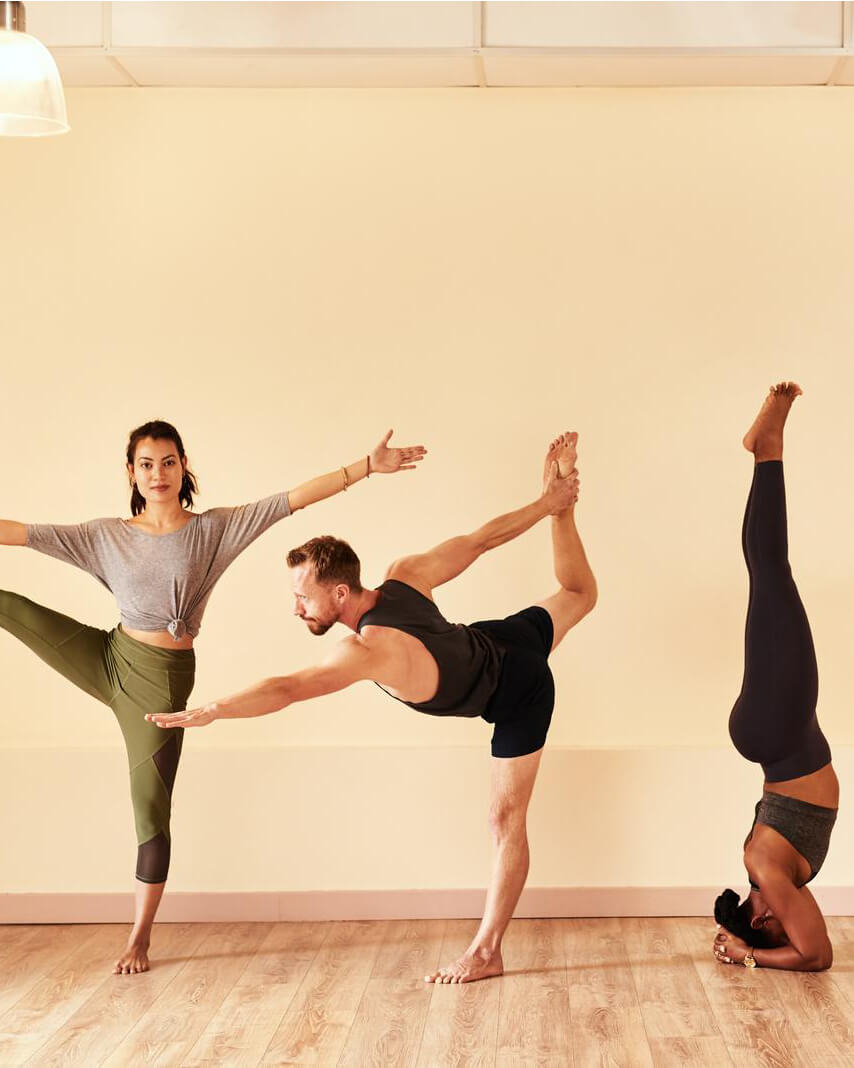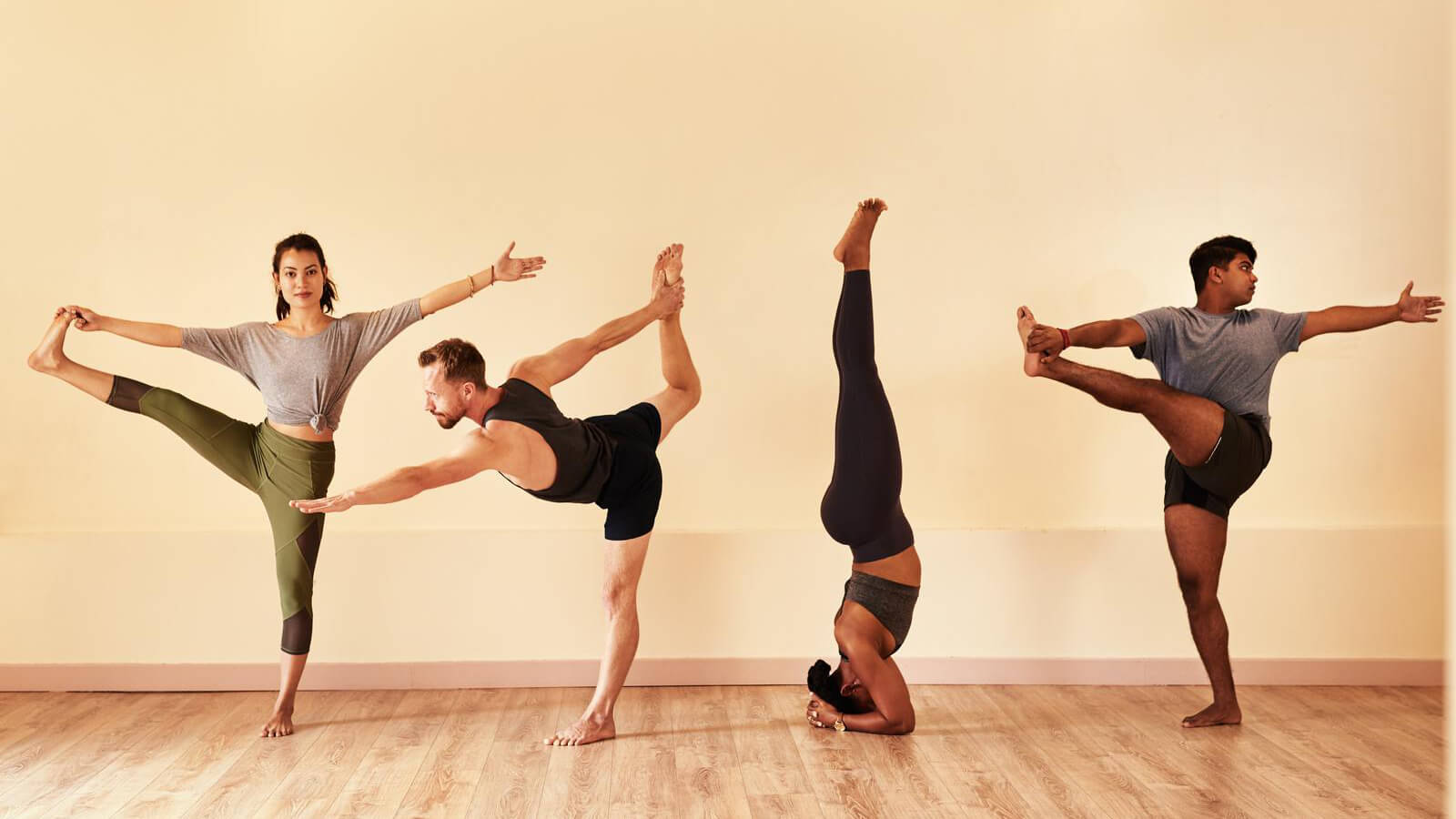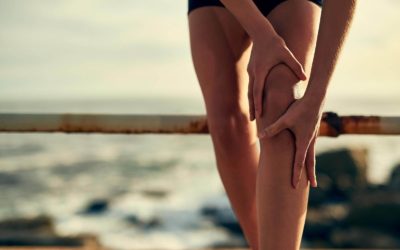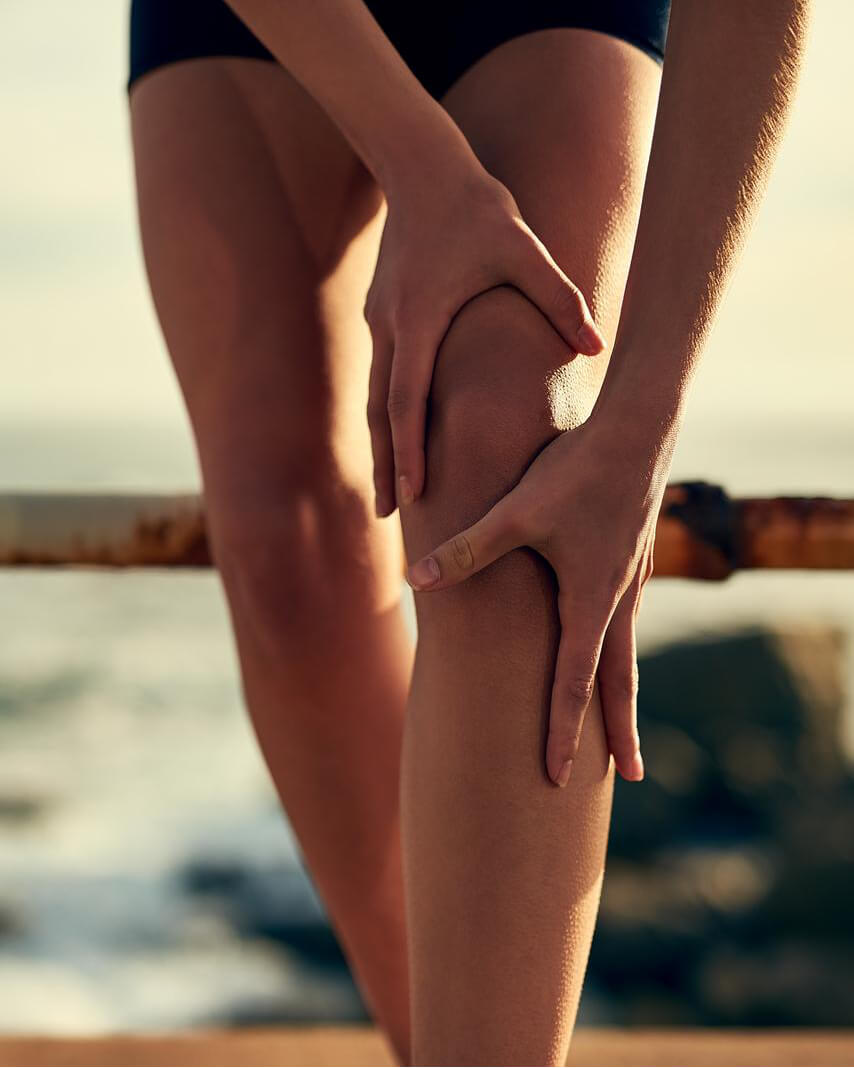The exercises that work for us may not work for others, but some critical fundamentals are universal. Unfortunately, most people focus so much on strengthening muscles, losing weight, or having fun that we don’t pay attention to the critical principles of movements. So a lot of us end up hurting ourselves, and it’s very difficult to rebuild to an ideal condition after major injuries. It’s time we take back ownership of our bodies.
I have always been athletic and active, torn multiple ligaments and menisci, had one knee surgery and have been doing my best to avoid or replace more surgeries while I remain active. My years of learning from experts leads me to share these critical movement fundamentals principles with you to help you sustain doing the exercises or sports you like, prevent injuries and improve performance.
1. Awareness
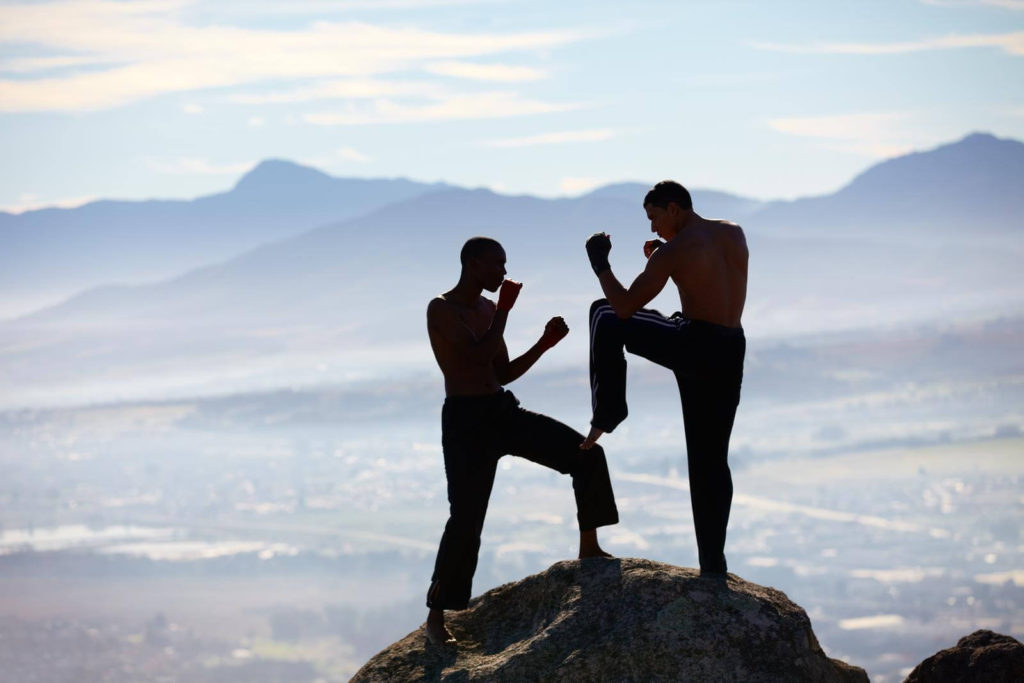
Awareness of key characteristics about your body and movements is the first step. It is the most difficult step of all. After you have awareness of an issue, you’ll find a way to fix or improve. Below are three points to be aware for. Check out a comprehensive list and in-depth discussion of body and movement awareness.
Are you compensating in your movements?
Our bodies are very smart to subconsciously compensate when some muscles are weak, inactivated or injured so you can complete the movements. But that will eventually lead to other injuries because our bodies are not designed to move that way. This happens to most of us, especially when we need to keep going. However, it’s wise to fix the root problem instead of compensating.
How’s your alignment and form?
Is your neck dropping? How is your spinal alignment, crown to tail bone? Is your hip square? Are your shoulders unnecessarily lifted or tense when you raise your arms?
Is your one side of a specific muscle group stronger or more mobile than the other side?
Unilateral exercises can help expose the correct the imbalance between left and right sides. And unfortunately, most of the exercises and daily activities we do usually strengthen the front muscles more. Such imbalance makes us more prone to injuries. Posterior chain muscles exercises for the back, glutes and hamstrings can help correct this imbalance.
2. Body connection
Everything is connected, directly or indirectly. Some of us know to engage our abs when we exercise because the engagement of core muscles protects our backs and makes the movement easier. But did you know you can do even better? The key is total body integration.
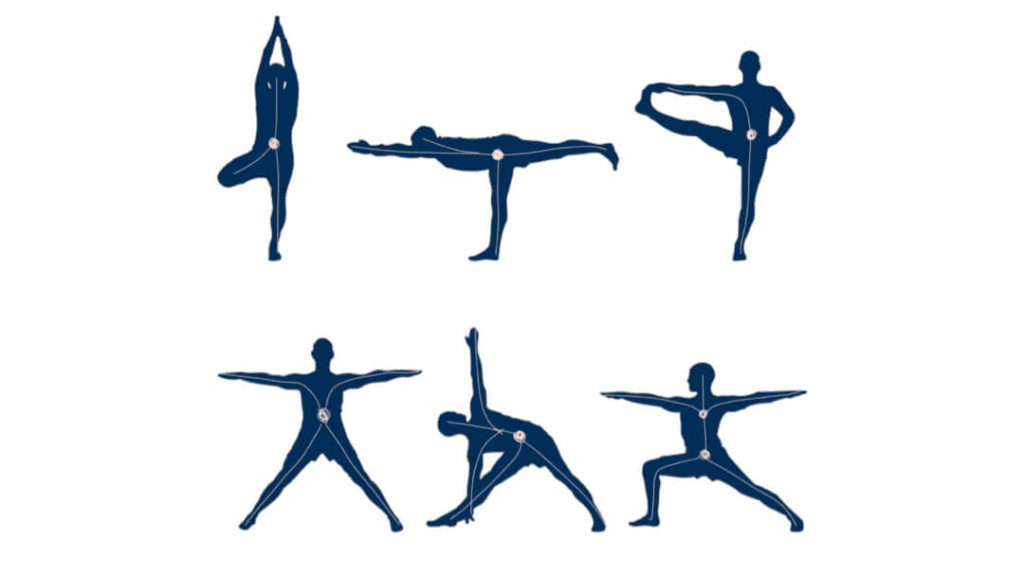
Improve the core-distal connectivity
The core-distal connectivity sounds theoretical and conceptual, but it’s actually a game changer. I was assigned to study body integration and movement during my dance study. We used the book “Making connections” by Peggy Hackney, who is internationally recognized for her work in Laban Movement Analysis and Bartenieff Fundamentals. The goal of the study was to deepen dancers’ understanding of body and movements and to help dancers perform better. The most powerful takeaway that transforms the way I and many others move is the core-distal connectivity. Let me translate in practical terms.
Instead of only separately engage your core and distal muscles, consciously transfer the weight and force your arms and legs are bearing or moving to your core, and vice versa. Basically, you’d feel your body parts work better together, and see the quality and ease of movement significantly improves.
3. Breathing
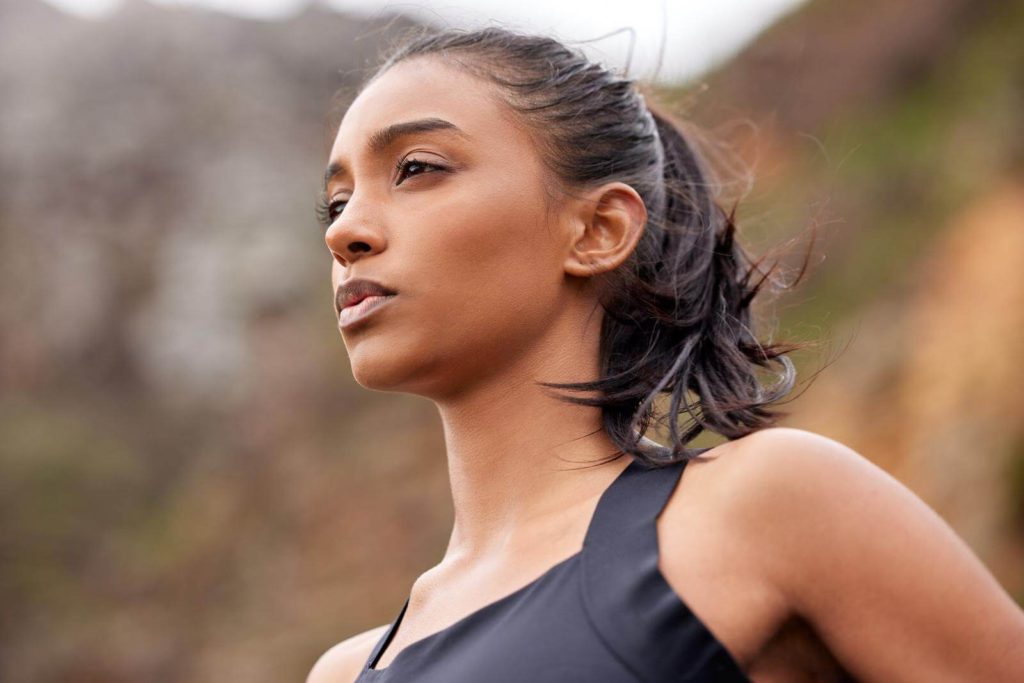
Breathing is perhaps the most overlooked movement fundamental. We tend to hold our breath or our breath becomes shallow when our bodies tense up. It often happens when we are very focused, stressed, or in challenging movements. However, these are exactly the moments we need to breathe for better health and performance. Especially for dancers, breathing properly actually makes movements more fluid and balancing easier. Better breathing during exercise facilitates efficient exchange of oxygen and waste on a cellular level too. In yoga classes, instructors will remind you when to breathe in and out. Remind yourself the same in other exercises.
- Remember to breathe during challenging movements
- In general, breathe in when your chest space is expanded and breathe out when compressed.
4. Recovery
Most people stretch for recovery, but you can triple the recovery efficiency by doing the combination of two or three of these:
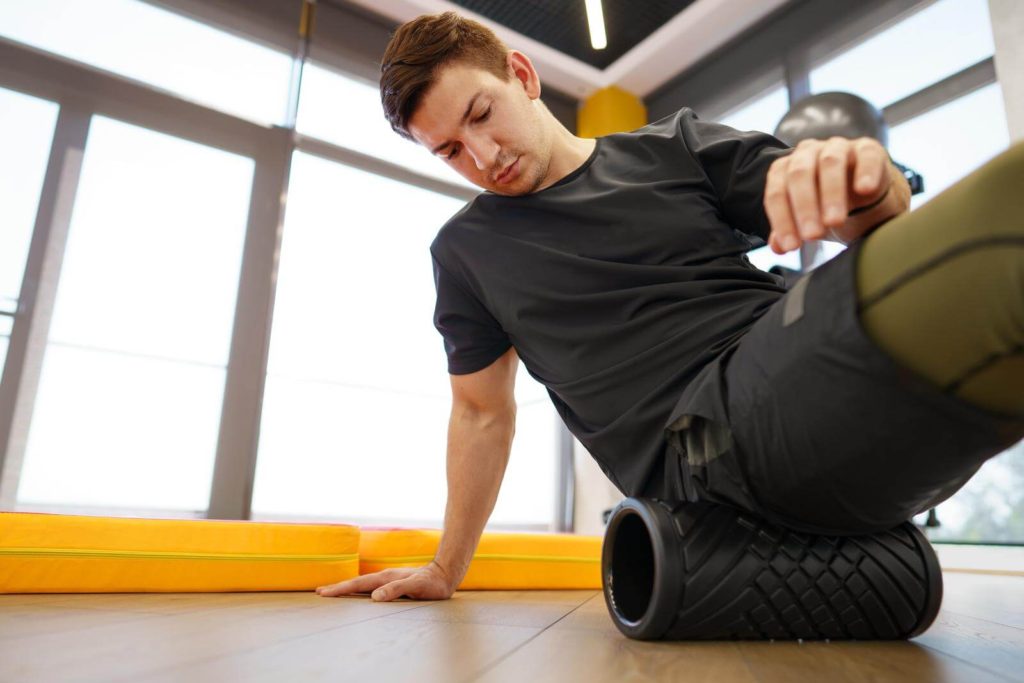
Myofascial release
Without myofascial release, stretching cannot be very effective especially if workout a lot or your body is very tense.
- Foam roller is best for large areas away from joints
- Scraping tool is best for near the joints and can easily go all directions to release the myofascia web.
Stretching
Try to stretch for longer. We usually don’t stay in a position long enough. And just like strength conditioning exercises, a set of repetitions helps too. But don’t push too hard at the limit of your range of motion.
Active cardio recovery
If you are very very sore after intense workouts, mild cardio exercises are actually more efficient than stretching for recovery. Mild cardio exercises circulate the blood and remove lactic acid. You may be sore the first five minutes, but very soon you’ll start to feel renewed.
- Swimming is my favorite active recovery. It is not only low-impact, but it also releases you from gravity as long as your body fat is not like 5%.
- Walking and jogging are the most accessible.
- Cycling at a leisure pace will do too, especially if you want to watch Netflix at the same time.
